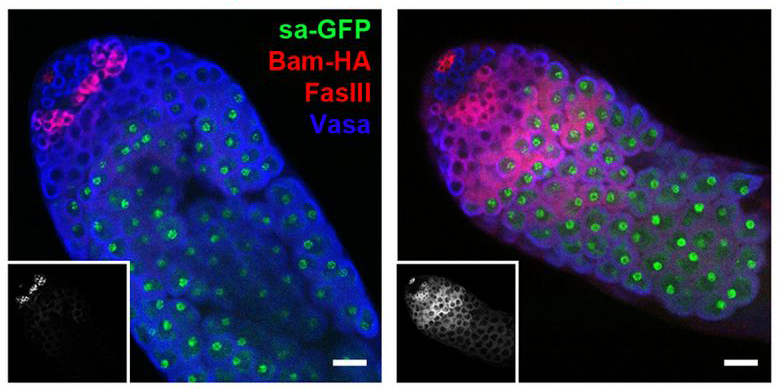Community Manager for the Node
Posted by Katherine Brown, on 13 December 2012
Closing Date: 15 March 2021
The Company of Biologists and its journal Development are seeking to appoint a new Community Manager to run its successful community website the Node and the journal’s social media activities.
Launched in 2010, the Node is the place for the developmental biology community to share news, discuss issues relevant to the field and read about the latest research and events. We are now looking for an enthusiastic and motivated person to develop and maintain the site.
Core responsibilities of the position include:
– Creating and commissioning content for the Node, including writing posts and soliciting content from the academic community, societies and other organisations
– Providing creative and practical input into the development of the site
– Maintaining and developing Development’s and the Node’s presence on social networking sites such as Facebook and Twitter
– Contributing non peer-reviewed content to the journal
– Representing Development and the Node at international conferences
– Contributing to the Company of Biologists’ outreach activities
The successful applicant will have:
– Research experience in the biological sciences, ideally a PhD in developmental or stem cell biology
– Proven blogging and social media skills, ideally including experience with WordPress
– A clear understanding of the online environment as it applies to scientists
– Excellent writing and communication skills
– Excellent interpersonal and networking abilities – both online and in person
This is an exciting opportunity to develop an already successful and well-known site, engaging with the academic, publishing and online communities. The Community Manager will work alongside an experienced and growing team, including Development’s Executive Editor, as well as with the journal’s international team of academic editors. Additional responsibilities may be provided for the right candidate. The position will be based in our office in Cambridge, UK.
The Company of Biologists (www.biologists.com) is a not-for-profit organisation, publishing five journals in the biological sciences: the three established journals Development, Journal of Cell Science and The Journal of Experimental Biology, as well as two newer Open Access journals, Disease Models & Mechanisms and Biology Open. The organisation has an active programme of charitable giving for the further advancement of biological research, including travelling fellowships for junior scientists and contributions to academic societies and conferences.
Applicants should send a CV along with a covering letter that summarises their relevant experience (including, if possible, links to online activities), salary expectations, and why they are enthusiastic about this opportunity.
Applications should be sent by email no later than January 20th 2013 to miriam@thecob.co.uk
Informal queries to Miriam Ganczkowski on +44 (0)1223 426 164
Applicants should be eligible to work in the UK.


 (1 votes)
(1 votes)
 (No Ratings Yet)
(No Ratings Yet)
 Although I’m not a fan of simply reposting press releases,
Although I’m not a fan of simply reposting press releases,